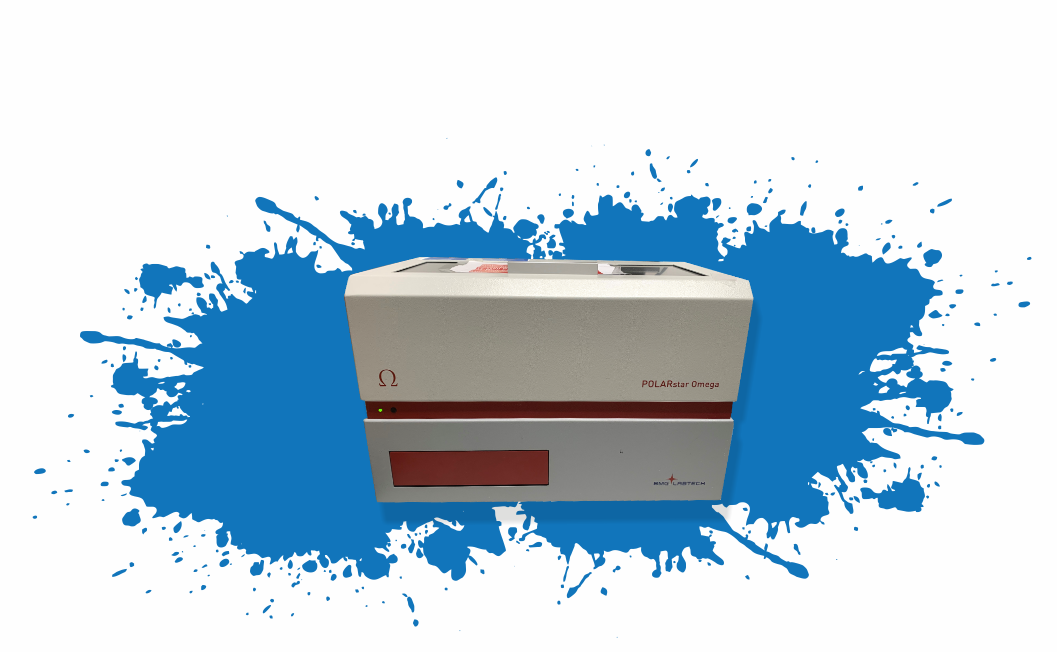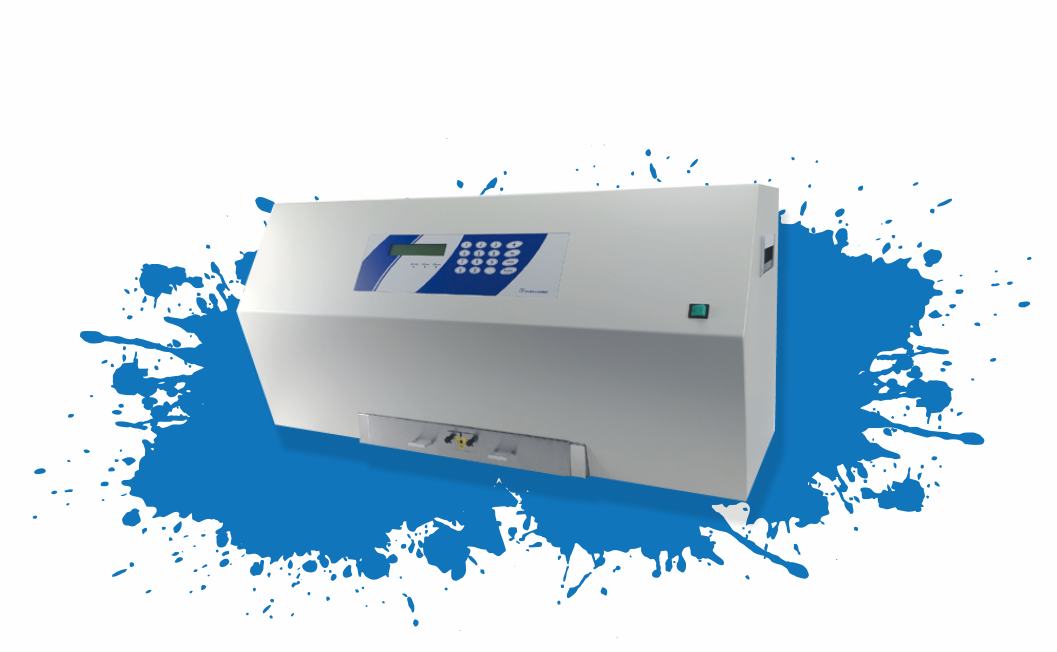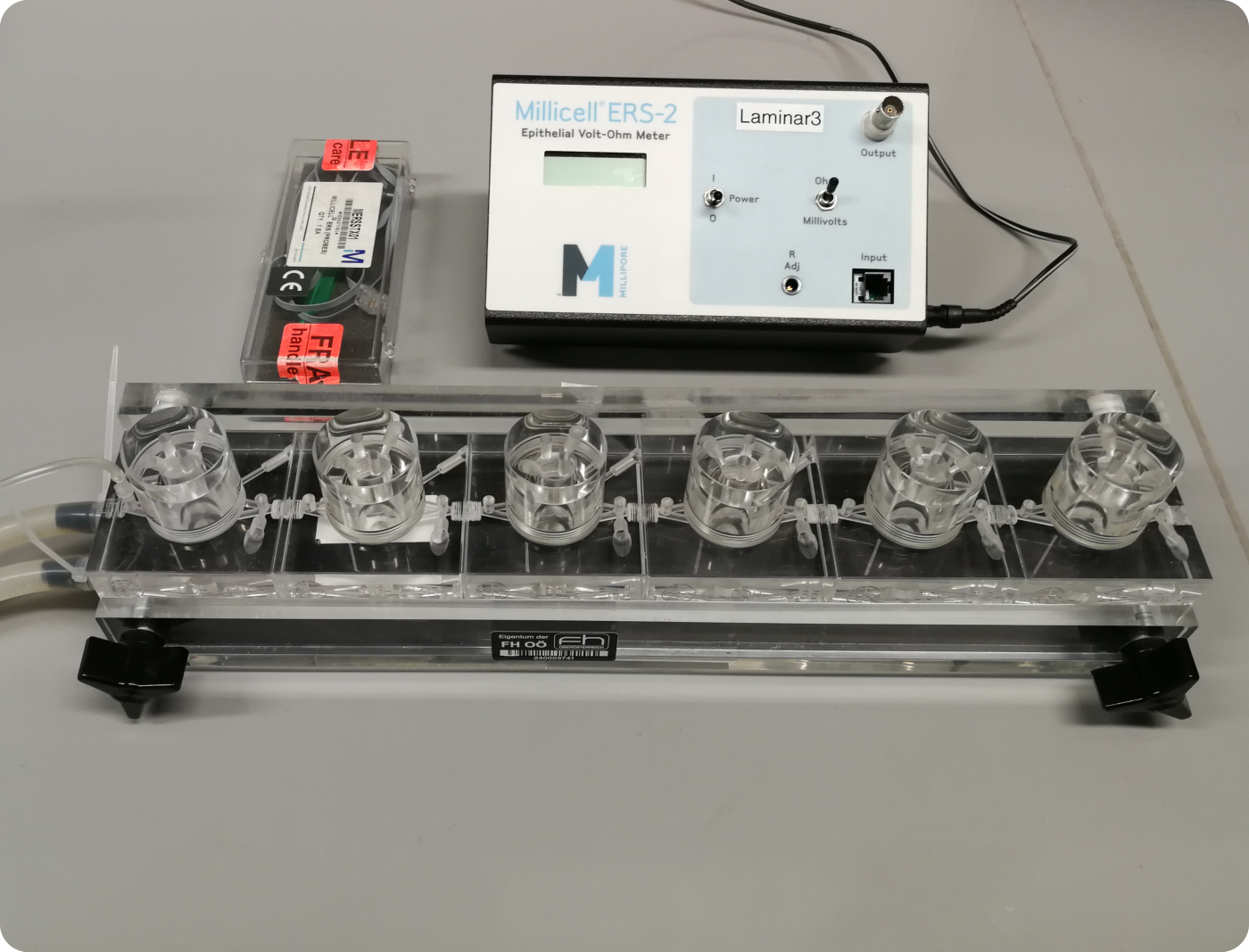Cell culture
Cytotoxicity and oxidative stress tests
The POLARstar Omega and the Tecan Infinite 200 PRO are versatile, filter-based multifunctional microplate readers. Routine work currently covers important areas in basic research, but above all in applied research areas such as cytotoxicity studies, oxidative stress tests and the determination of physico-chemical sum parameters.Technical data
UV-Vis measurement (220 - 1000 nm) | Fluorescence intensity measurement (Ex /Em (nm): 355/460, 485/520, 544/590, 584/620, 546/675) | Luminescence measurement (incl. BRET) | Time-resolved fluorescence measurement (TRF) | Fluorescence polarization measurement | Endpoint and kinetic measurements | Spectral scanning (absorbance) | Well scanning | Measurement of 6 - 1536 well microplates | Temperature regulation

Influence of UV emission on cellular systems
BIO-SUN from Vilber Lourmat is a microprocessor-controlled, cooled UV irradiation system for Petri dishes and microtiter plates. In the BIO-SUN, the emission of UV light is constantly monitored by a microprocessor. Irradiation stops automatically when the set dose (energy) is reached. Thanks to the UV sensor, the irradiation cycles are therefore perfectly reproducible and independent of fluctuations in the intensity of the UV source. Human or animal cell cultures (various cell lines are available in our laboratory) can be exposed to specific UV radiation in Petri dishes or microtiter plates with this device in order to simulate the influence of sunlight on certain cell systems, such as eye or skin cells. Combined with cytotoxicity or oxidative stress tests, the negative effect of UV radiation can be quantified. Subsequently, substances (synthetic or natural) that reduce the harmful effects of UV radiation can be identified and tested. The system is of great importance with regard to product development (e.g. in the cosmetics industry).
Technical data
Two UV sources (4 x 30 W 365 nm and 2 x 30 W 312 nm) | irradiation for microtiter plates and Petri dishes | high irradiation homogeneity | irradiation of cellular systems with UV radiation under controlled conditions

Bioavailability studies
Caco-2 (human colon cancer cell line) and IPEC-J2 (small intestine cell line from pigs) cells are adherent cells that are physiologically similar to the human small intestine epithelium. This allows biochemical transport processes to be reproduced. For transport studies in living tissue, a multi-channel assay chamber is also available, with which it is possible to carry out continuous long-term studies. The Caco-2 or IPEC-J2 model is a recognized pharmaceutical model for the initial assessment of the bioavailability of orally administered drugs and is therefore widely used in many areas.
Technical data
Simulation of the human intestine by forming a polarized cell monolayer in 6-/12-/24-well format | Recognized pharmaceutical cell model for assessing the bioavailability of active ingredients | Extension of the methodology and adaptation for food and feed production and optimization

Quick Links
I'll help you choose your study program.